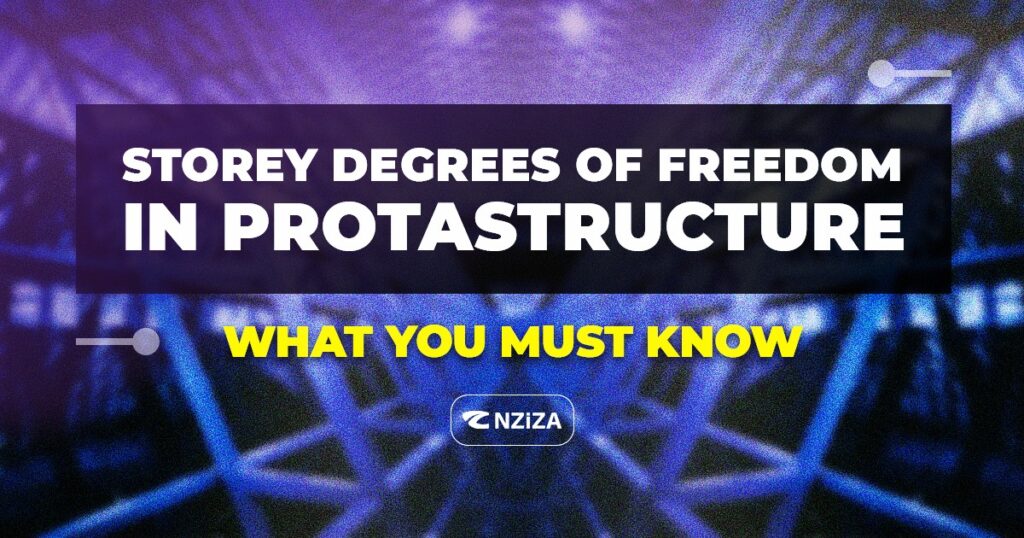
Are You Leveraging Degrees of Freedom in ProtaStructure to Optimize Your Structural Analysis? In the world of structural engineering, understanding the term “Degrees of Freedom” (DOF) is fundamental. DOF refers to the number of independent movements or rotations a structure can undergo. This concept is essential for analyzing how structures behave under various loading conditions, ensuring safety, and optimizing performance.
The Significance of Degrees of Freedom in Structural Analysis
Degrees of freedom are the cornerstone of structural analysis. By understanding and controlling the DOF, engineers can predict how buildings will respond to different forces, including winds, earthquakes, and other dynamic loads. Properly accounting for these movements can prevent structural failures and enhance the resilience of buildings.
ProtaStructure’s Approach to Degrees of Freedom
ProtaStructure, a leading structural analysis and design software, incorporates the concept of DOF exactly for each storey of a building. Within the Model Options tab in the Building Analysis dialog box, users can select different DOF settings to suit their analysis needs. These options ensure that engineers can accurately simulate and assess the behavior of their structures.
Exploring ProtaStructure’s Degrees of Freedom Options
ProtaStructure offers several configurations to define the degrees of freedom for each storey, catering to both 3D models and 2D frame systems:
1. X/Y and Torsion Permitted:
This setting allows the structure to move or rotate freely in both the X and Y directions (translational DOF) and permits torsional movement around the vertical axis. Its application is that it is ideal for scenarios where lateral displacements and torsional rotations are expected or necessary for the structural integrity and performance.
2. X/Y Permitted, Torsion Prevented:
Here, the structure can translate freely in the X and Y directions, but torsional movement is restrained. Its application is that it is useful in structures where twisting needs to be minimized or prevented, often achieved by incorporating adequate stiffness or bracing.
3. Only X Permitted:
This option allows translation only in the X direction, while movement in the Y direction and rotation around the Z-axis are restricted. Its application is that it is typically used in 2D frame systems to simulate conditions where movement is constrained in the Y direction.
4. Only Y Permitted:
Conversely, this setting permits translation only in the Y direction, restricting movement in the X direction and rotation around the Z-axis. its application is that it is also suited for 2D frame systems, but where the X direction is constrained instead.
Practical Implications and Considerations
Choosing the appropriate DOF configuration in ProtaStructure depends on various factors, including structural design, loading conditions, and compliance with building codes. The flexibility to permit or prevent torsional movement allows engineers to tailor their analysis to the specific needs of their project, ensuring both efficiency and safety.
In conclusion, mastering the degrees of freedom in ProtaStructure is a critical skill for structural engineers. By understanding and utilizing the right DOF settings, professionals can enhance their structural analysis, leading to better-designed, safer, and more resilient buildings. Whether you’re dealing with complex 3D models or simpler 2D frames, ProtaStructure provides the tools you need to achieve precision and excellence in your engineering projects.

